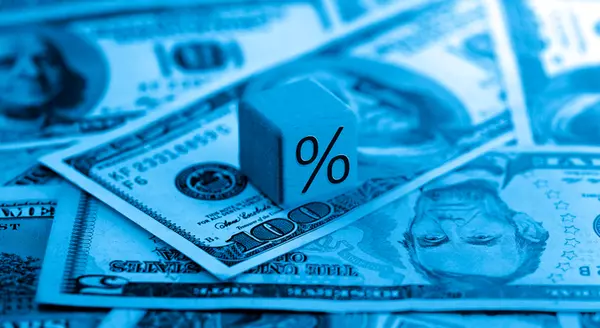

Are Home Prices Going To Come Down?
Today’s headlines and news stories about home prices are confusing and make it tough to know what’s really happening. Some say home prices are heading for a correction, but what do the facts say? Well, it helps to start by looking at what a correction means.Here’s what Danielle Hale, Chief Economist
Read More

Unlocking the Benefits of Your Home's Equity
Some HighlightsEquity is the difference between what your house is worth and what you still owe on your mortgage.The typical homeowner gained $28,000 over the past year and has a grand total of $305,000 in equity. And there are a lot of great ways you can use that equity.To find out how much equity
Read More

How the Economy Impacts Mortgage Rates
As someone who’s thinking about buying or selling a home, you’re probably paying close attention to mortgage rates – and wondering what's ahead.One thing that can affect mortgage rates is the Federal Funds Rate, which influences how much it costs banks to borrow money from each other. While the Fede
Read More
- 1
- ...
- 4
- 5
- 6
- 7
- 8
- ...
- 59
Categories
Recent Posts












